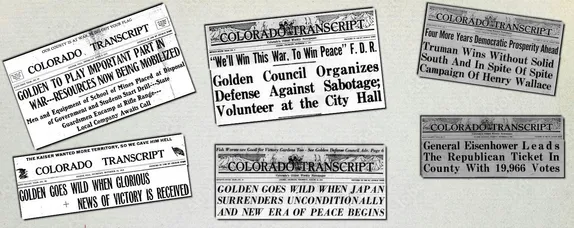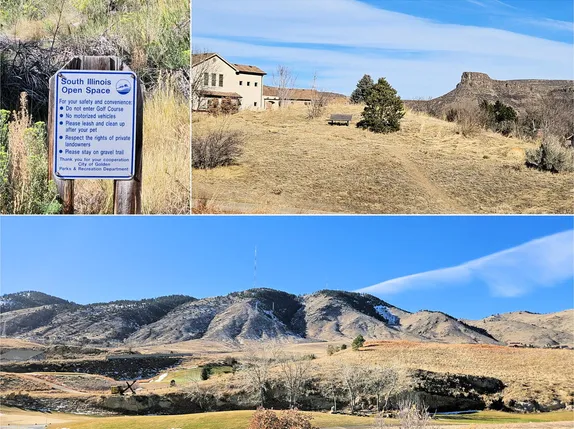Grocery stores have grown a lot over the years. When Golden was built, beginning in 1859, there were no stores devoted exclusively to groceries; food was only one of several categories of things sold by most stores.
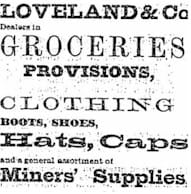
In the late 19th century, stores began to specialize more. Golden was the trading center for a large area of farms and ranches, so it supported several stores that sold groceries exclusively. Many of the stores along Washington Avenue were used as groceries at one time or another.
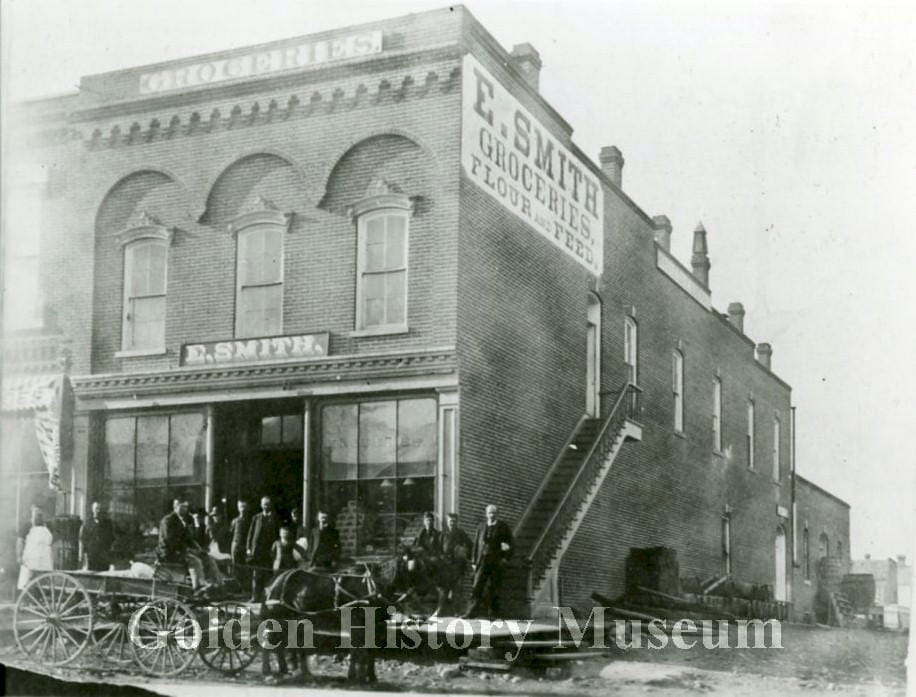
The building at 11th and Washington, (Wood’s Mortuary for more than a century, and now Atomic Cowboy) was Elmus Smith’s Grocery Store in the 1880s.
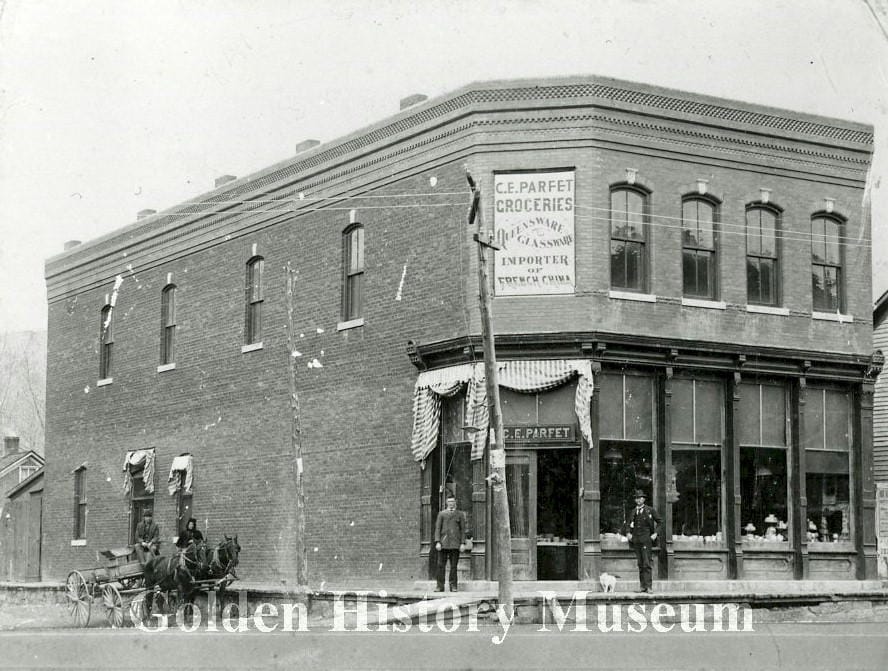
The Stewart Block at 10th and Washington was built as a grocery store and housed first Nankivell and Jones, then Parfet’s Grocery, then Stewart’s Grocery Store.
Meyer’s Market. Reets & Riley Groceries (1880s) Soren Sorenson’s Grocery (1908-1920), the Market Basket (1920s), and Chuck’s Market (1936-53) have all occupied 1214 Washington Avenue, which is now home to Laurel Properties.
The Red and White Grocery Store operated at 1213 Washington (now Toad & Co.) from the 1930s-the 1950s. The Abejas building (807 13th Street) was a Piggly Wiggly from the mid-40s through the mid-50s, then became the Golden Gate Market for another 15 years.
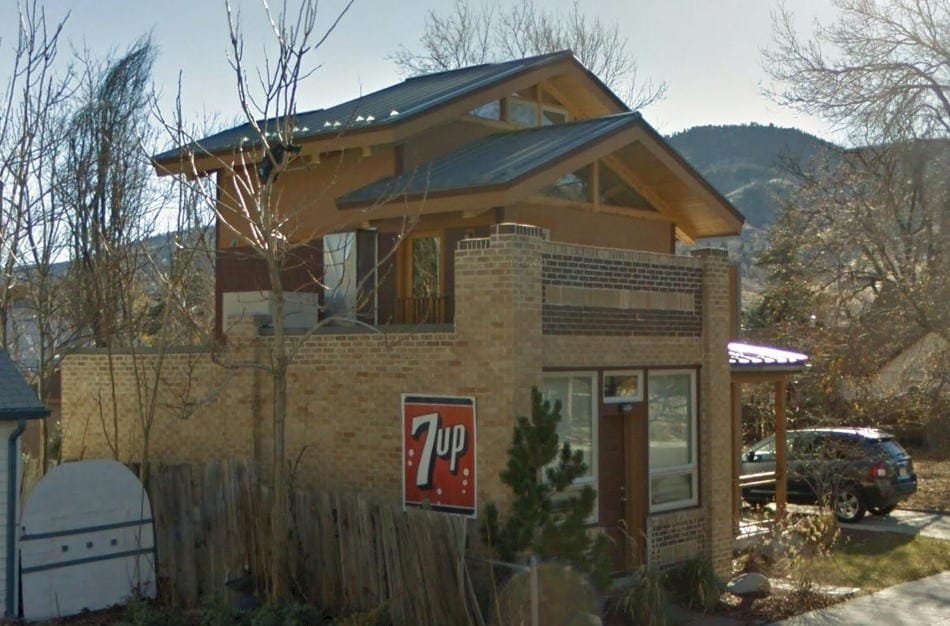
There were also many very small neighborhood groceries scattered around town. There was a long-lived grocery at 150 10th Street in the Goosetown Neighborhood: it operated from at least the 1920s through the early ’60s. The building at 911 9th St. served as Spear’s Grocery, Ben’s Grocery, and George’s Grocery during the ’40s and ’50s. Pudge’s Cash Grocery operated at 417 Washington in the 1940s. Heatley Groceries was at 3rd and Ford. There was a store at 10th and Ford that operated as Finger Grocery, Maxwell Grocery, and Swafford Grocery from the 1940s until 1960, when Coors Porcelain bought the building to build their parking lot.
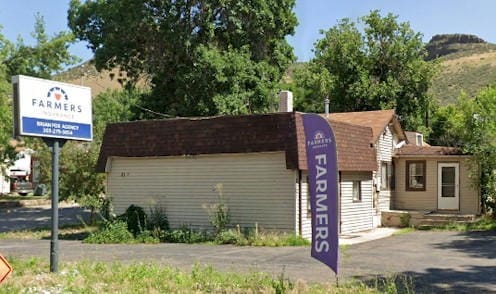
The south end of town had the “Tourist Park Grocery” at 22nd and Ford. The building at 2101 Ford St. served as Al’s Grocery, Menaugh Grocery, Castle Rock Grocery, and Evans’ Grocery from the ’30s through the ’60s.
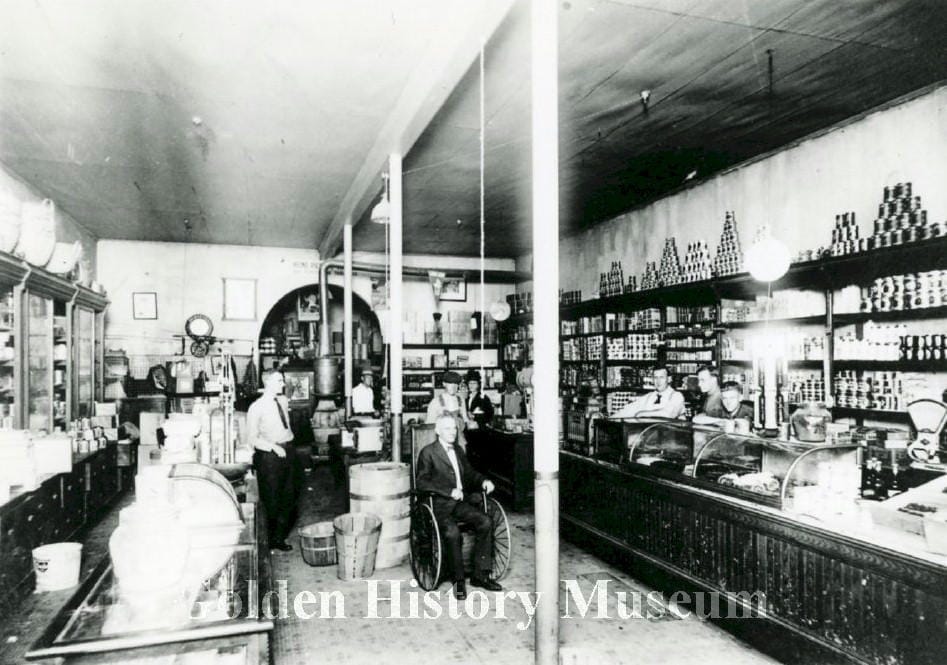
In all of these stores, a grocer would have greeted the customer and helped put together the order. Many of them accepted phone orders and provided delivery.
While it’s easy to romanticize the idea of small, neighborhood grocery stores, they did have disadvantages. Their selection was poorer, of course, and their prices higher. They also didn’t have the high turnover rate that enabled them to maintain reliably fresh dairy and produce.
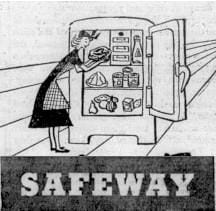
Supermarkets (self-serve with grocery carts) were just emerging before World War II, and took off after the war, as more people had cars and they wanted to buy food in bulk to last for several days or weeks. Refrigerators also became wide-spread after the war, which helped households store food for longer periods.
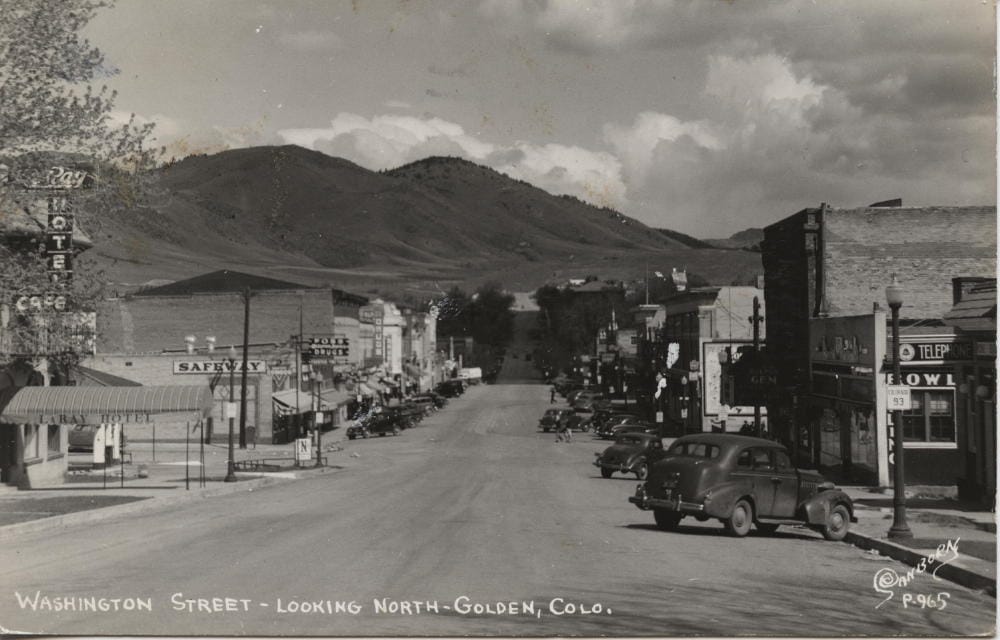
Safeway came to town in the 1930s. It started on Washington Avenue, with a more traditionally scaled store, but built a larger, “supermarket” style store after the war. King Soopers had a store here, at 19th and Jackson, from 1966 to 1976, and then returned with a much bigger store in 1998.
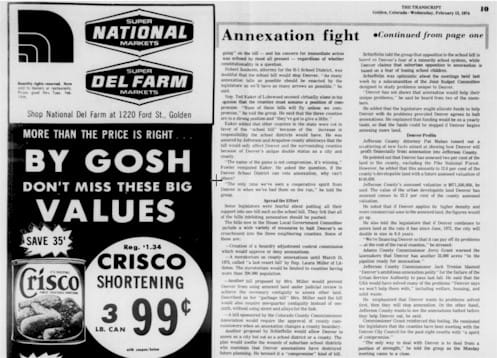
Miller’s Super Market came to Golden in 1966. In 1968, they were bought out by a regional chain and the store operated as Del Farm after that. They stayed until at least the mid-1970s.
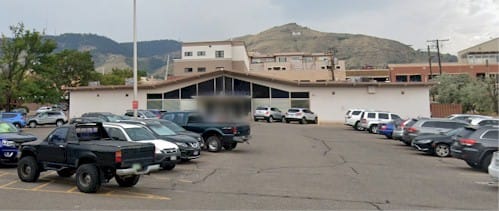
If you have ever wondered whether this building at 13th and Ford was an old grocery store–it was!
The Golden Transcript (originally called the Colorado Transcript) has been publishing since 1866. The Golden History Museum has been working on digitizing the historic issues. You’ll find old Transcripts online at coloradohistoricnewspapers.org.



